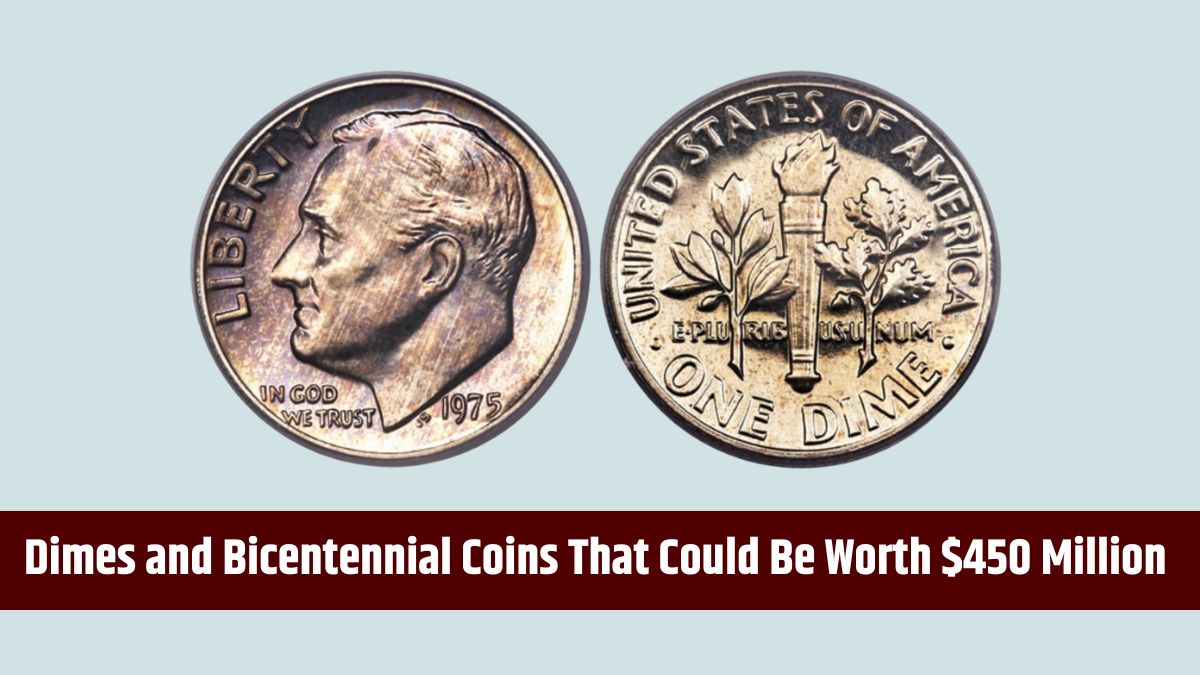When you think of retirement, the last thing you want to imagine is having to continue working. Yet, for many Americans, this is becoming a reality. A 2023 survey by the Pew Research Center found that nearly 1 in 5 Americans aged 65 and older, or 19%, are still employed. This situation often arises due to insufficient savings or underestimating retirement expenses. However, with careful planning and early action, you can reduce the likelihood of needing to work during your retirement years.
Early Savings
One of the most crucial steps you can take to secure your retirement is to start saving as early as possible. The power of compound interest is a game-changer when it comes to building a retirement fund. The earlier you start, the more time your money has to grow, and even small contributions can have a significant impact over time.
For example, if you begin saving at age 25 by setting aside $1,800 annually ($150 per month) in a 401(k) with an annual return of 7%, you could accumulate just over $359,000 by the time you reach 65, assuming consistent contributions. In contrast, if you delay saving until age 35 and contribute $300 per month, your savings would grow to approximately $340,000 by age 65, with the same return. Starting earlier, even with smaller amounts, often yields better results due to the extended period of compound interest.
Employer Contributions
If your employer offers a 401(k) plan, setting up contributions is a straightforward way to ensure consistent savings. These contributions are automatically deducted from your paycheck, making it easy to stay on track. But there’s another advantage: the employer match.
An employer match is essentially free money that can significantly enhance your retirement savings. For instance, if your employer matches up to 3% of your salary and you earn $50,000 per year, that’s an extra $1,500 annually added to your retirement fund. Over 40 years, with a 7% annual return, this could grow to over $22,000 from just a single year’s match.
To maximize this benefit, contribute enough each month to receive the full employer match. It’s also a good practice to revisit and potentially increase your contributions annually, especially as your income grows. This ensures that your savings keep pace with your financial needs.
Roth IRA
In addition to your 401(k), consider opening and investing in a Roth IRA (Individual Retirement Account). A Roth IRA offers a different tax advantage compared to traditional retirement accounts. While contributions to a Roth IRA don’t reduce your taxable income in the year you make them, the withdrawals during retirement are tax-free. This can be particularly beneficial if you expect to be in a higher tax bracket during retirement.
Avoiding taxes on your retirement income can be crucial, as it directly impacts how much money you have available. With a Roth IRA, you won’t have to worry about taxes eating into your retirement funds, which can help prevent the need to return to work later in life.
As of 2024, the contribution limit for IRAs, including Roth IRAs, is $7,000 annually, or $8,000 if you’re 50 or older. To get started, you’ll need to choose a provider and open an account. After funding it, ensure that you invest the money, rather than letting it sit idle, so that it can grow over time. Regular contributions, even in small amounts, will compound, adding to your retirement security.
Retirement Future
Retirement should be a time to enjoy the fruits of your labor, not to worry about making ends meet. By starting to save early, taking full advantage of employer contributions, and investing in tax-advantaged accounts like a Roth IRA, you can build a solid financial foundation for your golden years.
While it might seem daunting now, the efforts you put into saving and planning will pay off in the long run, allowing you to retire comfortably without the stress of having to continue working. It’s never too early—or too late—to start taking these steps.
FAQs
How much should I save for retirement?
The amount varies based on your lifestyle, but financial experts suggest aiming for at least 10-15% of your income.
What is compound interest?
It’s the interest on both your initial savings and the interest those savings have already earned, helping your money grow faster over time.
Should I invest in both a 401(k) and a Roth IRA?
Yes, investing in both can provide tax diversification and maximize your retirement savings.
What is an employer match?
It’s a contribution your employer makes to your 401(k) plan, matching your own contributions up to a certain percentage.
How can I start saving if I’m already in my 40s or 50s?
Start now by maximizing your contributions, especially if you’re eligible for catch-up contributions, and consider working with a financial advisor.









